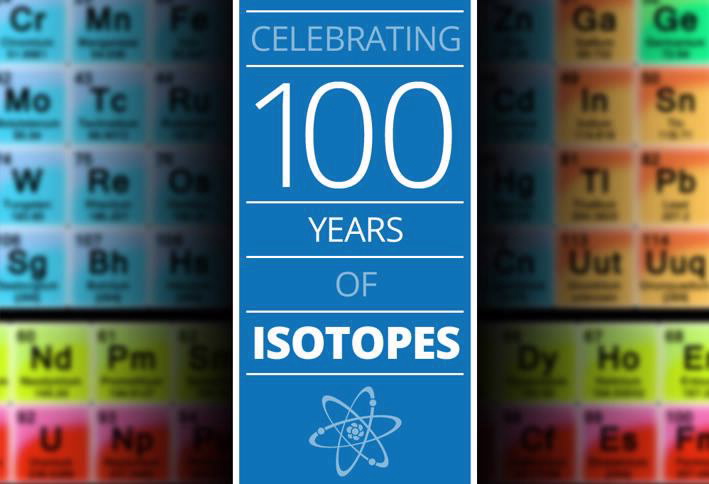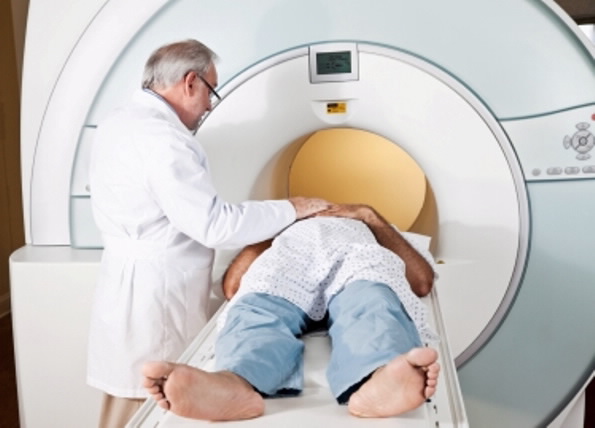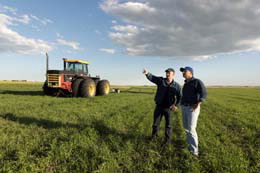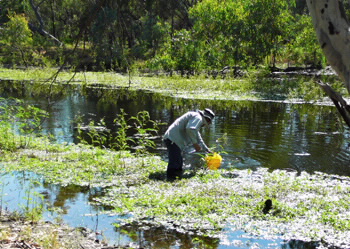The 100th anniversary of the discovery of isotopes might not be on everybody’s list of history’s greatest moments – but few events have had such a large impact on our everyday lives.
 |
As Australia’s major producer of radioisotopes for medical and industrial purposes, its significance is not lost on anybody at the Australian Nuclear Science and Technology Organisation (ANSTO).
Our health; the integrity of major structures; our knowledge of history; and science itself have been fundamentally changed by a discovery by the English chemist Frederick Soddy in 1913. His cousin, the physician Margaret Toddy coined the term isotopes soon afterwards.
Soddy proved the existence of isotopes, or that different atoms can be transformed from one element into another by radioactivity and associated phenomena, resulting in different numbers of neutrons per element. The discovery of the isotope brought with it the possibility of separating a chemical element into several isolated components that could be used in different ways.
This discovery led to a fundamental new understanding of the periodic table of elements and in addition to nuclear power, has had profound implications for many disciplines of science, and underpinned many industrial applications that people use every day.
The World Nuclear Association lists a number of peaceful applications of radioisotopes. Here are three applications that ANSTO conducts:
 |  |  |
| Medical applications: diagnostic therapeutic applications. | Helping researchers produce new kinds of crops. | Analysing the source and composition of pollutants. |
Other applications of radioisotopes include:
- Assessing the efficiency of fertiliser
- Managing insect populations without use of insecticides
- Food preservation
- Managing water supplies.
- Sterilisation of medical products to prevent infections
- Power sources in smoke detectors
- Gauges containing radioactive sources are used widely in industry to check levels and density of gases, liquids and solids.
- Tracers are used to measure the effectiveness of lubricating oils, making them more efficient.
- Radioisotopes are also used by radiographers to check the effectiveness and safety of pipes, railway tracks, turbines and engines.
- Analysis of radioisotopes is also crucial for determining the age of rocks and other material of interest to geologist, anthropologists and archaeologists.
This field of science continues to bear fruit for researchers, with applications for isotopes continuing to be discovered.
As an example, when used in radiopharmaceuticals, the isotope Lutetium-177 is able to target tumours in the body and is used in treatments of neuro-endocrine cancer. Researchers at ANSTO and many other organisations are exploiting the properties of isotopes like this to look for new cancer treatments, diagnostic applications, and a broad range of other exciting uses.
An understanding of isotopes and the make-up of atoms also paved the way for particle science. At ANSTO’s Bragg Institute and the Large Hadron Collider, researchers continue to seek to answer some of the world’s biggest questions, relating to energy, health and the environment.
Published: 10/12/2013


